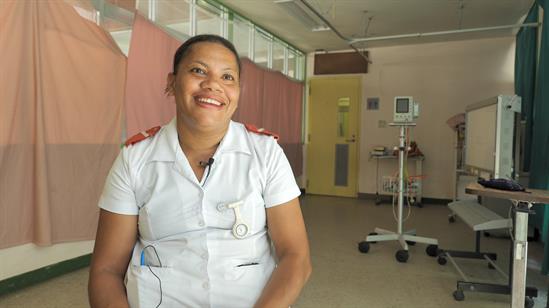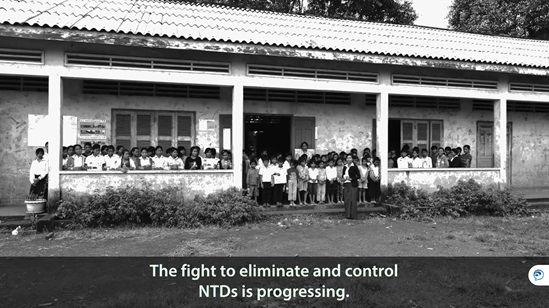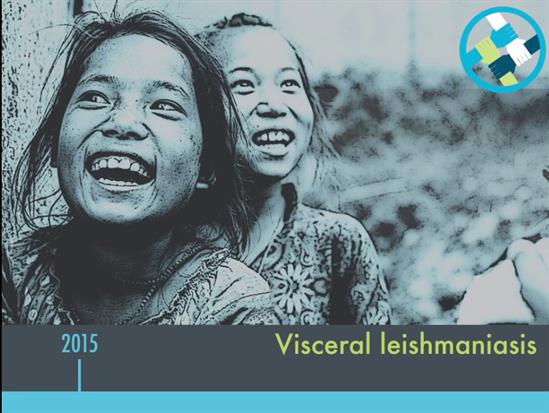Buruli ulcer
Buruli ulcer is a chronic, debilitating skin and soft tissue infection that can lead to permanent disfigurement and disability. It is caused by Mycobacterium ulcerans, an organism that belongs to the family of bacteria that causes tuberculosis and leprosy. Infection leads to the destruction of skin and soft tissue with large ulcers usually on the legs or arms. Patients who are not treated early suffer long-term functional disability. Early diagnosis and treatment are the only ways to minimize morbidity and prevent disability.
Only three countries in the Western Pacific Region are currently endemic for Buruli ulcer - Australia, Japan and Papua New Guinea. Three countries, including China, Kiribati, and Malaysia, were previously endemic for buruli ulcer, and where the current status is not fully known. Other than Japan and Australia, most of the countries in the Region is the lack of capacity to confirm the diagnosis of Bulcer.
Symptoms of Buruli ulcer begin with painless nodules and swelling, usually on the arms and legs and sometimes on other parts of the body. These areas can then develop into large ulcers with a white and yellow base. M. ulcerans produces the toxin mycolactone. This has local immunosuppressive properties that enable the disease to progress rapidly with no pain and fever, making early detection difficult. However, if the ulcers are treated quickly, most will heal completely.
If diagnosed late or left untreated, the condition can lead to scarring, permanent disfigurement, and disability.
Treatment consists of a combination of antibiotics and complementary treatments (under morbidity management and disability prevention/rehabilitation).
Current WHO recommendations are rifampicin 10 mg/kg per body weight daily and clarithromycin 7.5 mg/kg per body weight twice daily. Treatment guidance for health workers can be found in the WHO publication Treatment of mycobacterium ulcerans disease (Buruli ulcer).
In addition to the antibiotics and depending on the stage of the disease, other interventions such as wound care, lymphoedema management, surgery (mainly debridement and skin grafting to speed up healing) and physiotherapy are needed. Psychological support may also be needed for those with severe disease.
These same interventions are applicable to other neglected tropical diseases, such as leprosy and lymphatic filariasis, so it is important to integrate a long-term care approach into the health system to benefit all patients. The integrated approach to the control of skin-related NTDs provides an opportunity to integrate Buruli ulcer detection and its management with these diseases.








